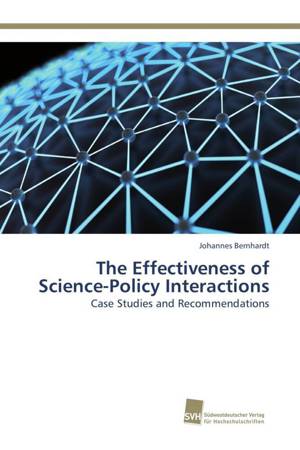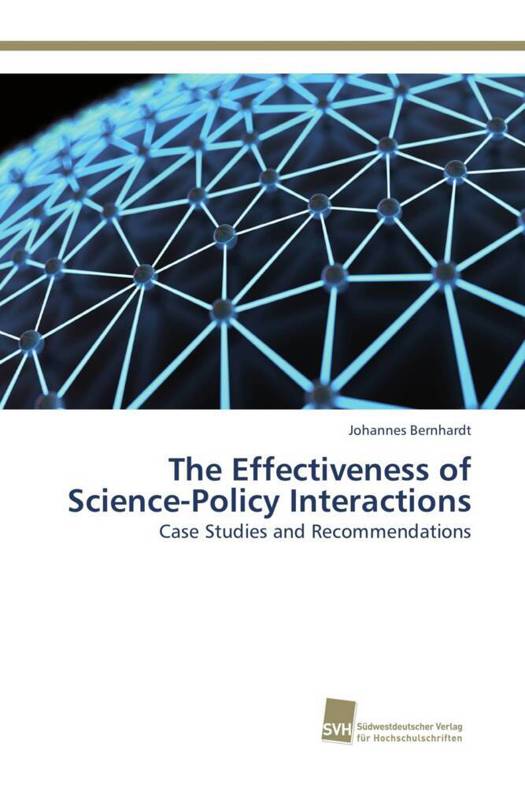
- Afhalen na 1 uur in een winkel met voorraad
- Gratis thuislevering in België vanaf € 30
- Ruim aanbod met 7 miljoen producten
- Afhalen na 1 uur in een winkel met voorraad
- Gratis thuislevering in België vanaf € 30
- Ruim aanbod met 7 miljoen producten
Zoeken
The Effectiveness of Science-Policy Interactions
Case Studies and Recommendations
Johannes Bernhardt
Paperback | Engels
€ 102,45
+ 204 punten
Omschrijving
Interactions of scientists and policymakers are crucial to problem-adequate research and decision-making in numerous policy fields. Designing science-policy interactions, however, is a challenging endeavour, since the two spheres follow fundamentally different logics and modes of operation. In this contribution, science-policy interactions in pan-European forest, climate, and sustainability research and politics are investigated. Factors of influence on the functioning of these interactions as well as (potential) barriers to their success are identified and discussed. On purpose, the focus of the investigation lies on individual and organisational parameters that can largely be influenced by the actors involved. Beyond the case studies conducted here, the associated analytical model may serve as a tool for differentiated evaluations of science-policy interplay in various complex policy fields. Concrete recommendations for the setup of effective science-policy interactions can be derived from the present contribution which strives to be an inspiring reading for scientists and political decision-makers alike.
Specificaties
Betrokkenen
- Auteur(s):
- Uitgeverij:
Inhoud
- Aantal bladzijden:
- 632
- Taal:
- Engels
Eigenschappen
- Productcode (EAN):
- 9783838150857
- Verschijningsdatum:
- 2/04/2015
- Uitvoering:
- Paperback
- Formaat:
- Trade paperback (VS)
- Afmetingen:
- 152 mm x 229 mm
- Gewicht:
- 911 g

Alleen bij Standaard Boekhandel
+ 204 punten op je klantenkaart van Standaard Boekhandel
Beoordelingen
We publiceren alleen reviews die voldoen aan de voorwaarden voor reviews. Bekijk onze voorwaarden voor reviews.











